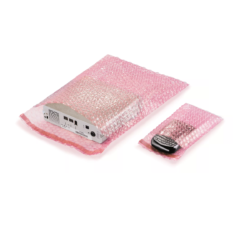Yesterday, a good customer called me, literally out of the blue: he needed PVC tape urgently. He also has a few tapes in stock, but has no idea what the material is: PVC? Or is it PP?
To a layman, these may be minor differences – moreover, if the two tapes do not differ at first glance. For a professional, on the other hand, choosing the right roll actually plays a big role:
PVC stands for polyvinyl chloride and is – as a glance at Wikipedia shows us – “an amorphous thermoplastic plastic”. This makes PVC tape very durable.
For example, the PVC wrapping tape Rajatape also adheres – thanks to an adhesive made of natural rubber – on a wide variety of surfaces and at temperatures up to 60 °C. A jack of all trades. In contrast. PP tape – short for polypropylene – is cheaper but less stable and tear-resistant. It’s a good solution for lightweight boxes and holds up well at room temperatures – but it’s not for freezers or hot plates.
So how do you tell PP and PVC tape apart when they look the same at first glance? A simple pencil test offers a solution: a piece of tape is stretched between the table and the roll, the pen is gripped like a vintage dagger and stabbed through the tape.
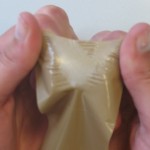
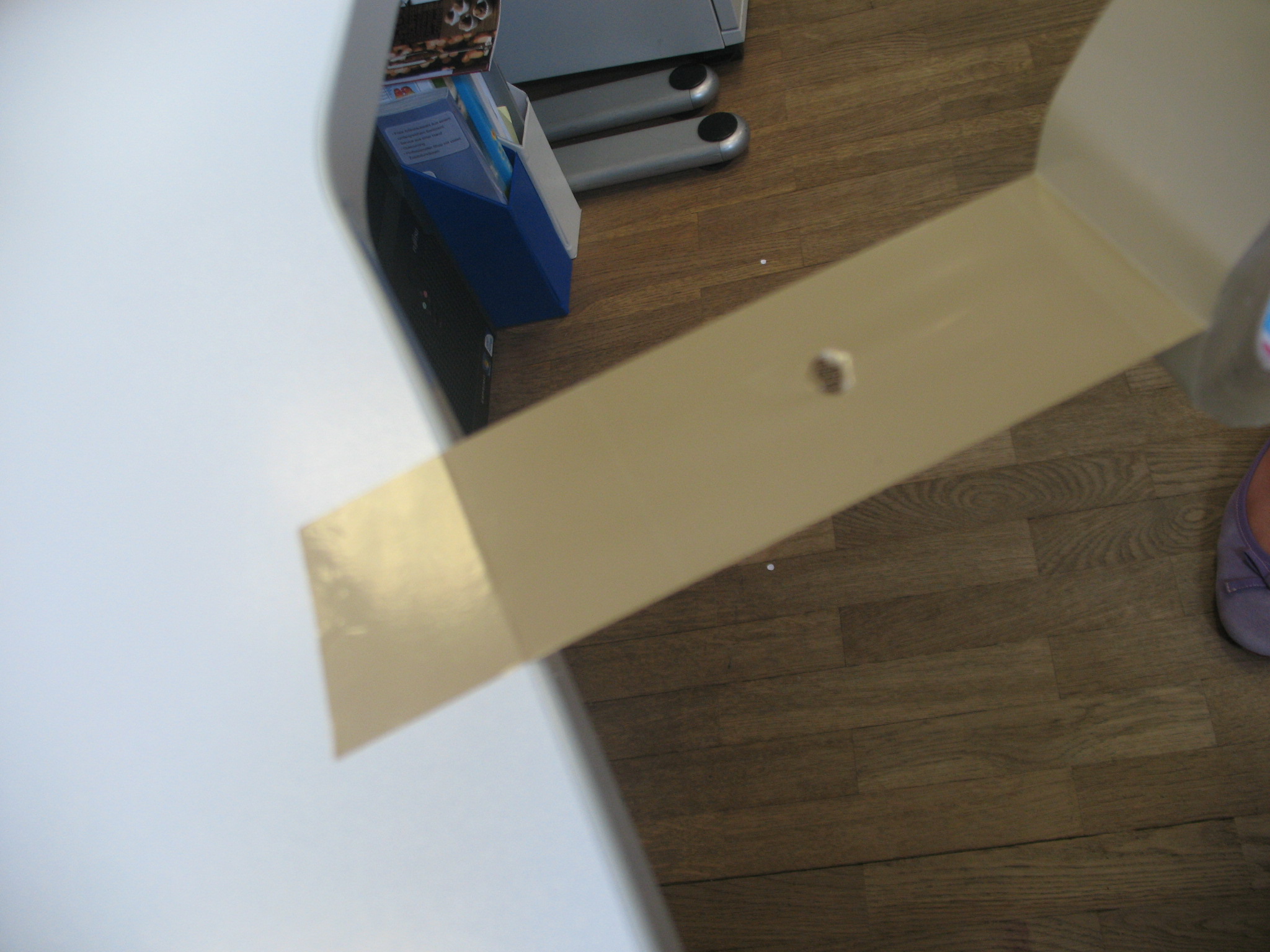
The result will leave you in no doubt: if the hole breaks completely or if the tape breaks completely – it is PP tape. If a hole remains in the tape and does not tear further, it is a genuine PVC tape. To be absolutely sure, the tape can be stretched in width: the PVC tape remains the same colour, the PP tape becomes milky.
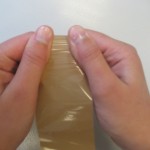
The good thing about these self-tests is that they have been tested multiple times and are absolutely safe – anyone can try them. And thus impress your colleagues – it has also been tested several times 😉
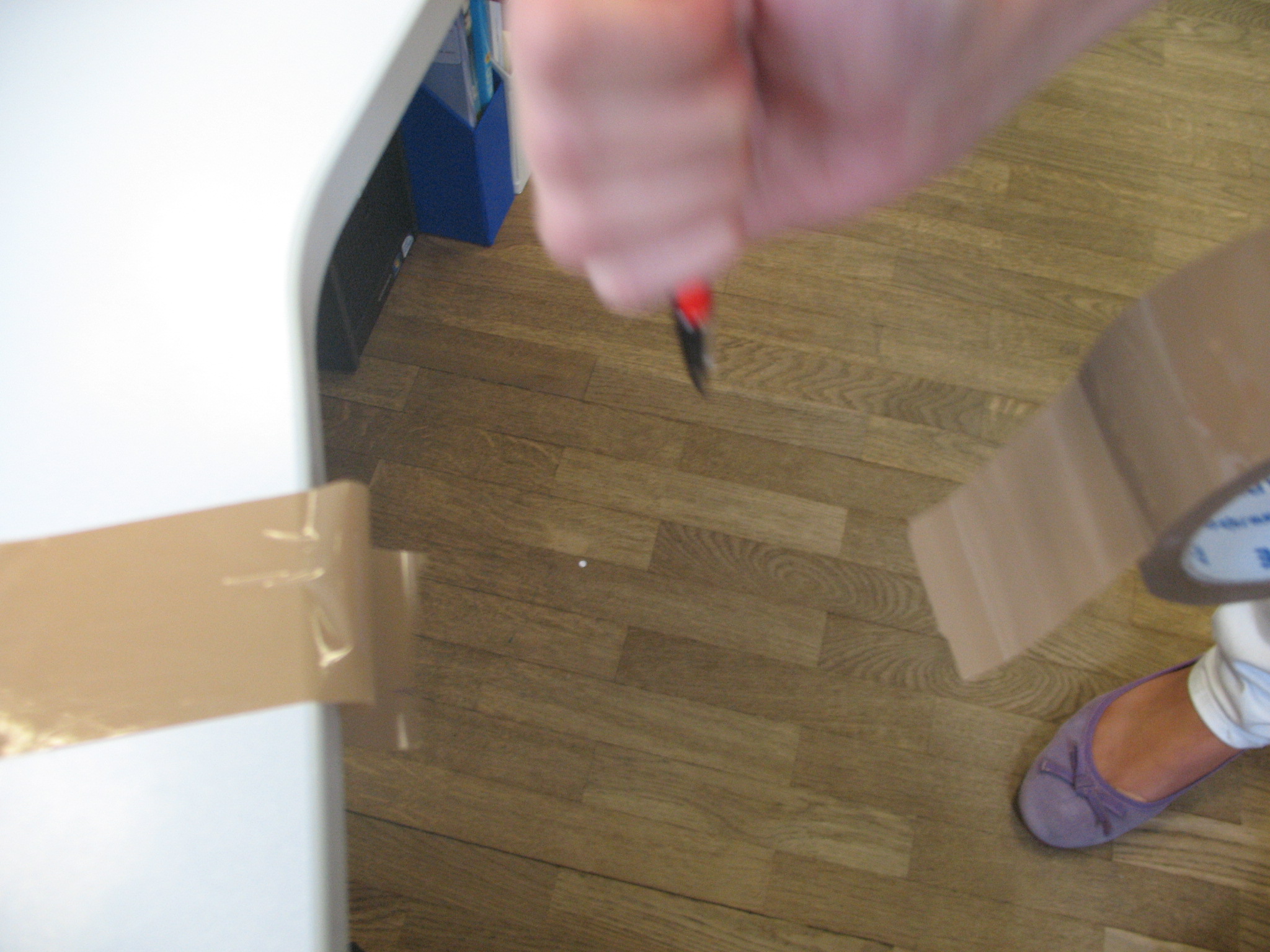
Author: Fabian, Rajapack customer service












